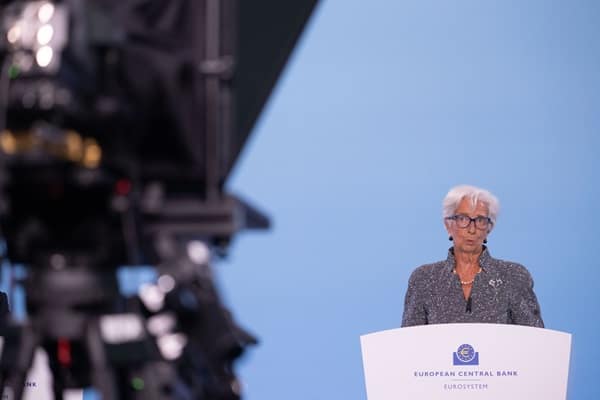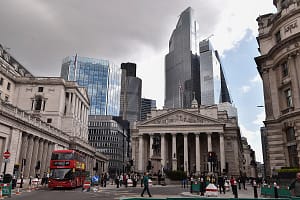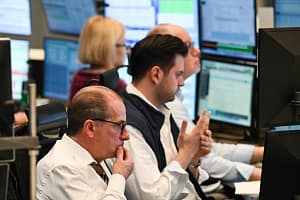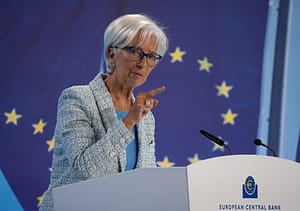Eurozone inflation crept up to 2.2% in September but remains very close to the European Central Bank’s 2% target.
Core inflation, which strips out volatile food and energy prices, has remained stubbornly above 2%, driven by wage growth and services costs — a sign that underlying price pressures have not fully eased.
The gradual tightening of the labour market in the Eurozone over the last few years means we may see wage growth pick up again, and the fiscal stimulus from substantial investment spending on infrastructure projects and defence across the major member states is also preventing inflation from falling much below the ECB’s target.
Food price growth is still contributing to the headline rate, though its effect is diminishing as earlier commodity spikes work through the system. Energy prices are more volatile, with recent declines tempered by concerns over global oil supply.
Despite the impact of US tariffs, the euro’s relative strength has helped contain goods inflation by lowering import costs, offering some relief for consumers and businesses.
Looking ahead, inflation is expected to cool further into 2026, provided energy markets remain stable and global demand slows only gradually.
Yet the ECB is unlikely to shift policy immediately. Interest rates have already been cut four times this year and are expected to remain steady for now, as officials balance falling headline inflation with underlying pressures that could lead to an inflation spike.






Leave a Comment